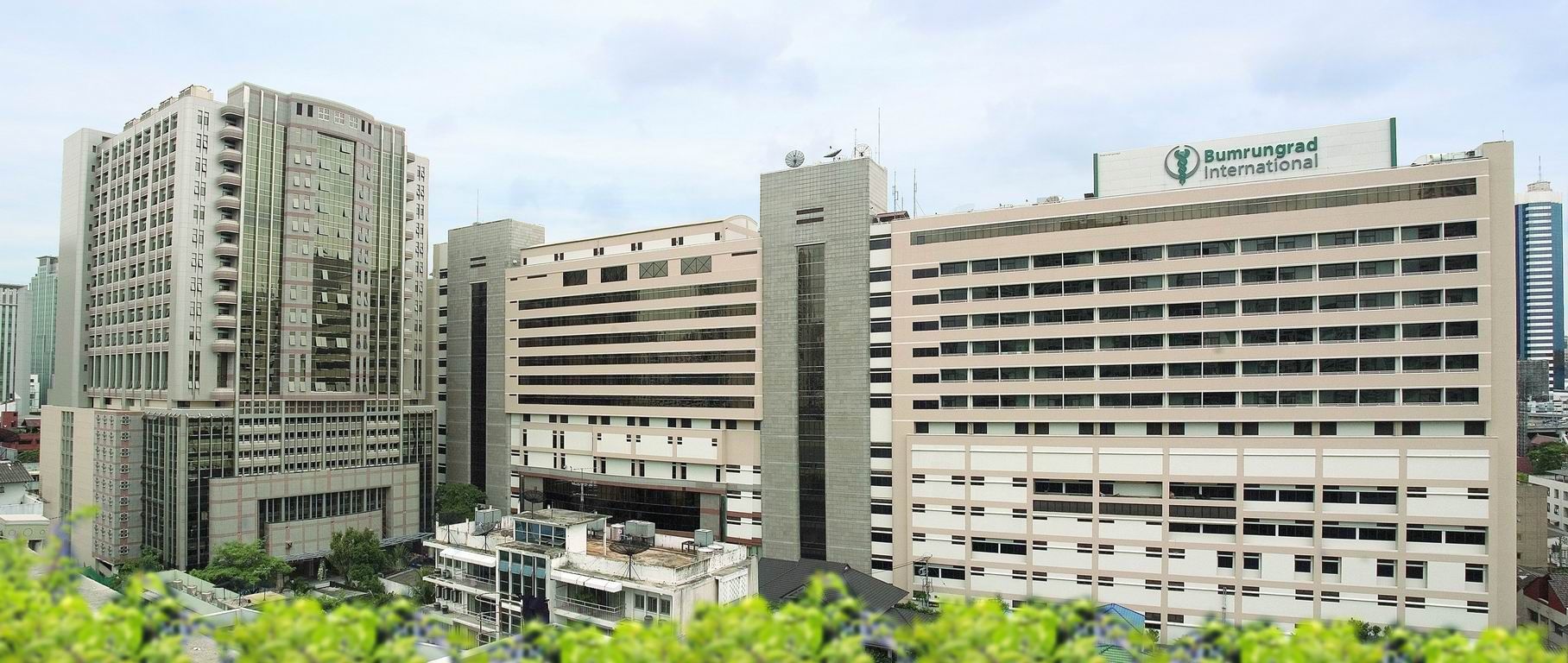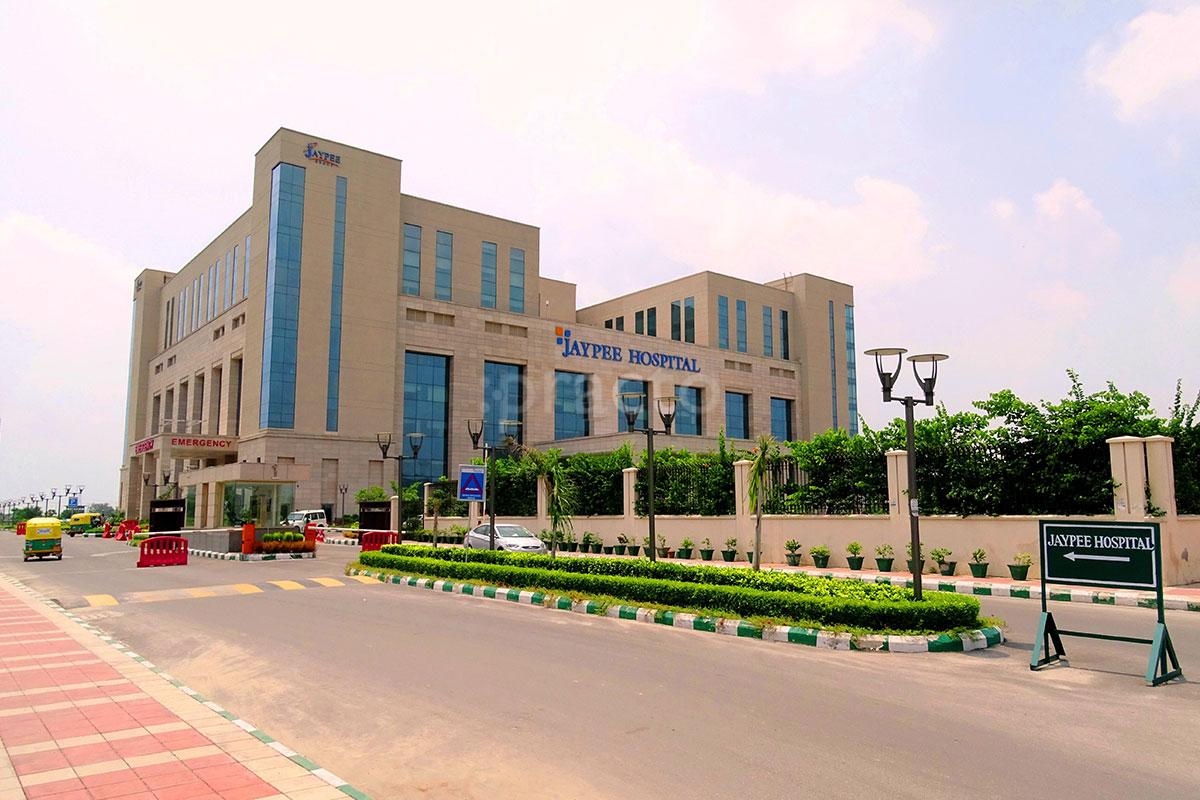Gastroenterology
Laparoscopic Gastric Bypass Treatment
Roux-en-Y Gastric Bypass
The Roux-en-Y Gastric Bypass – usually called gastric bypass – is considered the ‘gold standard’ of weight loss operation. Laparoscopic Gastric Bypass works by limiting the food intake and by decreasing the absorption of food. Food intake is restricted by a small pouch that is as same in size to the adjustable gastric band.
What is Laparoscopic Gastric Bypass?
The Roux-en-Y Gastric Bypass – usually called gastric bypass – is considered the ‘gold standard’ of weight loss operation. Laparoscopic Gastric Bypass works by limiting the food intake and by decreasing the absorption of food. Food intake is restricted by a small pouch that is as same in size to the adjustable gastric band. In addition to this, absorption of the food in the digestive tract is being limited by excluding most of the patient’s stomach, duodenum, and upper intestine from contact with food by routing the food straight from the pouch into the patient’s small intestine.
Getting Ready for the Operation:
The patient’s healthcare team will be required to make sure that a Laparoscopic gastric bypass is a good option for the patients or not. Weight-loss operation isn’t recommended for those patients who abuse alcohol or medicines, or who are not able to commit to a lifelong change in their diet and exercise habits. The patients may need to have a psychological evaluation. The patients will also need physical exams and tests. They will require blood tests. The patients may also need to have imaging studies of their stomach or have an upper endoscopy. If an individual smoke, they will be required to stop smoking several months before surgery has taken place. The patient’s surgeon may ask the patients to lose some weight before their surgery. This will be useful in making their liver smaller and making surgery a lot safer. The patients will be required to stop taking ibuprofen, aspirin, and other blood-thinning medicines in the days before they undergo surgery. The patients shouldn’t drink or eat or anything after midnight before surgery has taken place.
The Procedure for the Laparoscopic Gastric Bypass:
There are two parts of the process. First, a small stomach pouch, approximately one ounce or thirty milliliters in volume, is being created by dividing the top of the patient’s stomach from the rest of the stomach. Next, the first portion of the small intestine is being divided, and the bottom end of the divided small intestine is being brought up and is connected to the newly created small stomach pouch. The process is being completed by connecting the top portion of the divided small intestine to the small intestine further down so that the digestive enzymes and stomach acids from the bypassed stomach and first portion of small intestine will ultimately mix with the food. The laparoscopic gastric bypass works by various mechanisms. First, similar to most of the bariatric surgery, the newly created stomach pouch is quite smaller in size and facilitates significantly smaller meals, which results in the fewer calories being consumed. Furthermore, because of the less digestion of food by the patient’s smaller stomach pouch, and before the surgery, there was a segment of small intestine that absorbs calories as well as nutrients, now there is no longer food going through it, there is probably to some degree of less absorption of nutrients and calories. But most importantly, the rerouting of the food stream results in the changes in gut hormones that promote suppress hunger, satiety and reverse one of the primary mechanisms by which obesity results in type 2 diabetes.
Risks (short-term) due to Laparoscopic Gastric Bypass:
- In about 1 to 3 percent of cases, leaks can be resulted from the gastrojejunostomy and from where the intestines are reconnected together.
- A physical reaction called "dumping" can take place. It is a condition in which food is being “dumped” from the stomach into the intestines far too quickly before it’s been properly digested. It occurs with foods, which are high in sugar and fat. Although very uncomfortable, this can serve for helping modify the eating behavior.
Risks (long-term) due to Laparoscopic Gastric Bypass:
- Vitamin and iron deficiencies can occur due to Laparoscopic gastric bypass.
- Without the proper diet taken by the patients and exercises performed by the patients, about 10 to 30 percent of the weight which was lost due to surgery; can be regained after 12 to 18 months.
Advantages of Laparoscopic Gastric Bypass
- Laparoscopic Gastric Bypass produces a significant long-term weight loss (60 to 80 percent excess weight loss in the patients)
- Laparoscopic Gastric Bypass limits the amount of food that can be consumed by the patient’s stomach
- Laparoscopic Gastric Bypass may lead to conditions that increase the energy expenditure
- Laparoscopic Gastric Bypass produces favorable changes in gut hormones that helps in reducing the appetite and enhancing the satiety
- Typical maintenance of less than 50 percent of excess weight loss
Disadvantages of Laparoscopic Gastric Bypass
- As in the laparoscopic gastric bypass, since the duodenum is being bypassed, poor absorption of calcium and iron and can result in the lowering of total body iron, which may cause iron deficiency anemia in the patients. Metabolic bone disease can also be resulted in some of the patients due to laparoscopic gastric bypass. These problems can be managed with the help of vitamin supplements and proper diet.
- Chronic anemia because of the Vitamin B12 deficiency can also be resulted due to laparoscopic gastric bypass. This problem can generally be managed with the help of Vitamin B12 injections or pills.
- A condition called "dumping syndrome" can also be resulted because of rapid emptying of stomach contents directly into the small intestine. This occurs sometimes when too much sugar or large amounts of food are being consumed by the patients.
- In some of the cases, the procedure's effectiveness may reduce if the stomach pouch is being stretched or if it is being left larger than 15 to 30 cubic centimeters.
- The bypassed portion of the patient’s stomach, duodenum, and segments of the small intestine cannot be easily visualized with the help of or endoscopy or X-ray if problems such as bleeding, malignancy, or ulcers may occur.
TREATMENT-RELATED QUESTIONS
GetWellGo will provide you end-to-end guidance and assistance and that will include finding relevant and the best doctors for you in India.
A relationship manager from GetWellGo will be assigned to you who will prepare your case, share with multiple doctors and hospitals and get back to you with a treatment plan, cost of treatment and other useful information. The relationship manager will take care of all details related to your visit and successful return & recovery.
Yes, if you wish GetWellGo can assist you in getting your appointments fixed with multiple doctors and hospitals, which will assist you in getting the second opinion and will help you in cost comparison as well.
Yes, our professional medical team will help you in getting the estimated cost for the treatment. The cost as you may be aware depends on the medical condition, the choice of treatment, the type of room opted for etc. All your medical history and essential treatment details would be analyzed by the team of experts in the hospitals. They will also provide you with the various types of rooms/accommodation packages available and you have to make the selection. Charges are likely to vary by the type of room you take.
You have to check with your health insurance provider for the details.
The price that you get from GetWellGo is directly from the hospital, it is also discounted and lowest possible in most cases. We help you in getting the best price possible.
No, we don't charge patients for any service or convenience fee. All healthcare services GetWellGo provide are free of cost.
Top Doctors for Gastroenterology
Top Hospitals for Gastroenterology
Contact Us Now!
Fill the form below to get in touch with our experts.

.png)

.jpg)



